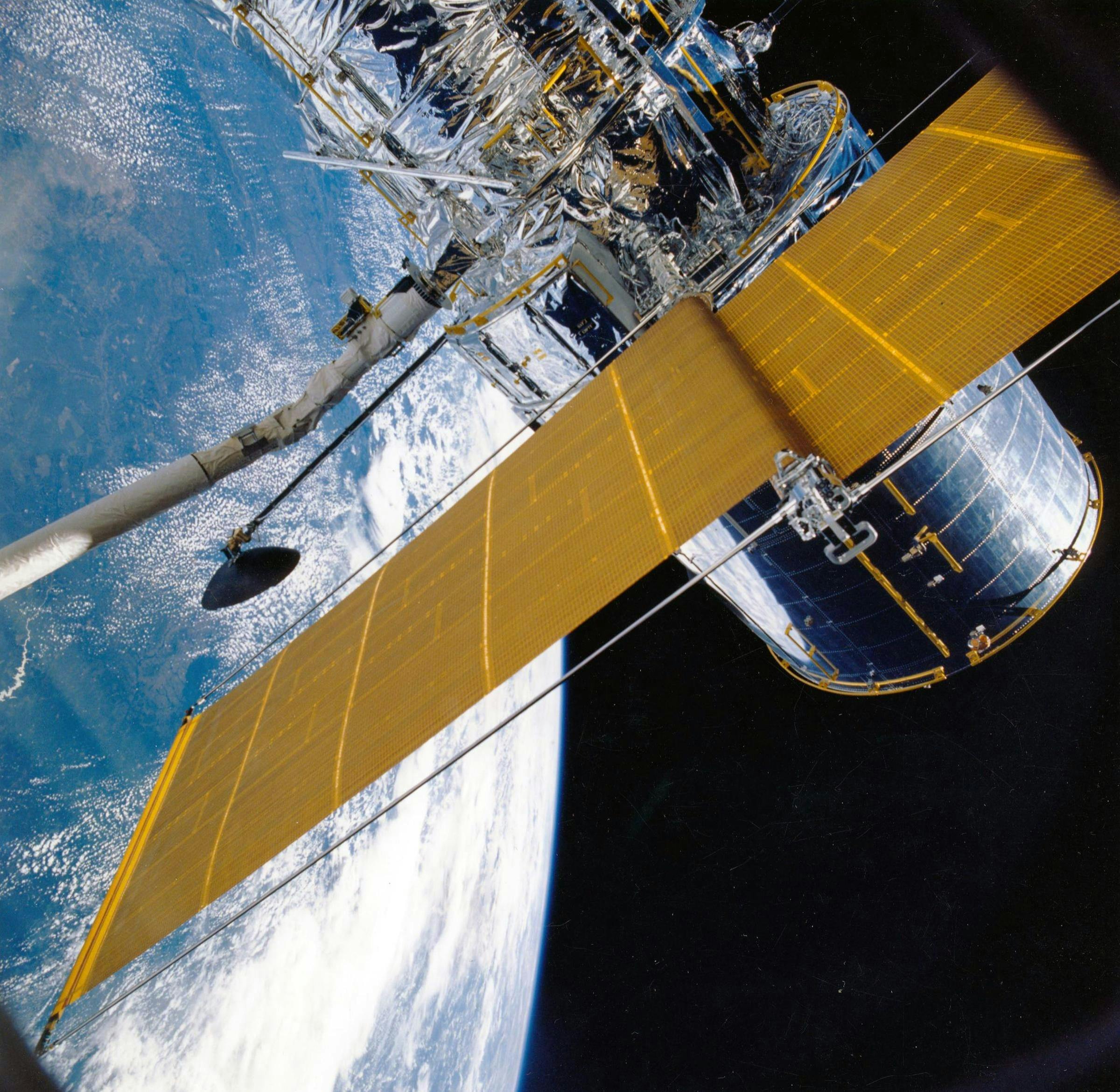Space’s Most Resilient Satellite: The Hilarious Tale of the Selfie-Taking Survivor
Introduction
Space exploration is often filled with tales of incredible achievements, groundbreaking discoveries, and the thrilling unknown. But every so often, an unexpected story grabs our attention, sparking laughter and amazement alike. Enter the satellite that not only survived a head-on collision with space debris but managed to snap a selfie after the ordeal. This tale, a blend of science fiction and slapstick comedy, has become a favorite among space enthusiasts and scientists alike. But beyond the humor lies an extraordinary demonstration of resilience, cutting-edge engineering, and the relentless perseverance of technology in space.
The Story Behind the Space Selfie
Our story begins like many other space missions: a launch, a mission objective, and a state-of-the-art satellite sent to explore and relay vital information back to Earth. This particular satellite was outfitted with the latest tech, designed to brave the harsh realities of space, from intense radiation to extreme temperatures. However, what the satellite hadn’t planned for was a high-speed encounter with an errant piece of space debris—one of the many “lost” fragments that orbit Earth due to decades of space exploration.
Out in the dark expanse, thousands of miles above the Earth, the satellite cruised along its designated path, relaying data back home. Then, seemingly out of nowhere, a small but fast-moving object loomed into its path. Within milliseconds, the debris struck the satellite, sending a shock through the system. Technically, the impact should have been catastrophic. Yet, against the odds, the satellite survived the ordeal. But the surprises didn’t stop there. As the satellite’s sensors recalibrated and its internal systems assessed the damage, it captured an unexpected image—a shot of its slightly battered but resilient frame against the stars.
The satellite’s “selfie,” captured in the seconds after the impact, quickly made waves back on Earth. In a stunning twist, the image revealed not only a record of the collision but also the satellite’s enduring spirit. And so, the satellite became a viral sensation, showcasing the marvels of space technology while offering a glimpse into the resilient nature of human-made machines beyond our planet.
The Science Behind the Satellite’s Survival
Now that we’ve met our “selfie-taking survivor,” the question arises: How did this satellite withstand the collision? The answer lies in a blend of cutting-edge engineering and careful planning by scientists and engineers who design these machines with the harsh realities of space in mind.
Firstly, satellites are constructed from ultra-durable materials capable of withstanding extreme conditions. The metal alloys and specialized composites chosen for this satellite’s frame allowed it to absorb and deflect some of the impact’s energy. Additionally, many satellites are built with redundant systems—backup components designed to take over in case of a malfunction. Much like a vehicle’s airbags, these systems are not always called upon, but they’re there to step in when needed, and in this satellite’s case, they did just that.
Beyond materials and redundancy, satellites are equipped with sensors and automated responses. These sensors help them “sense” obstacles or changes in trajectory, allowing them to adjust slightly when possible. Although this satellite couldn’t entirely avoid the debris, its sensors likely kicked in to minimize the impact. This blend of durable materials, backup systems, and self-adjusting technology makes modern satellites some of the most resilient machines ever created.
The Importance of This Space Selfie
This “space selfie” is not only a humorous spectacle; it holds real significance in the world of space exploration. For one, it brings attention to the growing problem of space debris. With every new mission, humanity leaves behind a trail of fragments—rocket parts, defunct satellites, and other remnants—that continue to orbit Earth. While some debris is small, even the tiniest object can cause significant damage when moving at orbital speeds. This satellite’s impact and survival are a reminder of what every space-bound device faces daily.
Moreover, the selfie showcases the incredible advances in satellite engineering. The satellite’s survival highlights the importance of designing machines that can endure unpredictable challenges in space. As the selfie circulated, scientists and engineers took note of the impact’s effects, sparking new discussions on improving resilience in future satellite designs. This “space photo op” serves as a valuable piece of data in the ongoing effort to make satellites safer and more durable.
Lessons from the Satellite Survivor
If our selfie-taking satellite could speak, it might offer a few pieces of advice for both engineers and earthlings. For one, it’s a testament to the importance of preparation. The engineering team behind the satellite had anticipated a range of potential challenges, ensuring it was equipped with all the right tools for survival. Preparation, as the satellite reminds us, is the foundation of resilience.
This resilient satellite also underscores the value of redundancy. In a world where “minimalism” is often praised, having a backup plan—or in this case, multiple backup systems—can be the difference between mission success and failure. The satellite’s backups allowed it to continue its mission, reminding us that sometimes, more really is more.
Conclusion: The Legacy of Space’s Most Resilient Satellite
The story of the “selfie-taking survivor” is a delightful blend of humor, resilience, and scientific achievement. This satellite’s journey, from impact to fame, is a reminder of the strength of human ingenuity and the importance of humor, even in the vast, silent reaches of space. It teaches us that no matter where we are, challenges can arise, and resilience, preparation, and a bit of humor can see us through.





